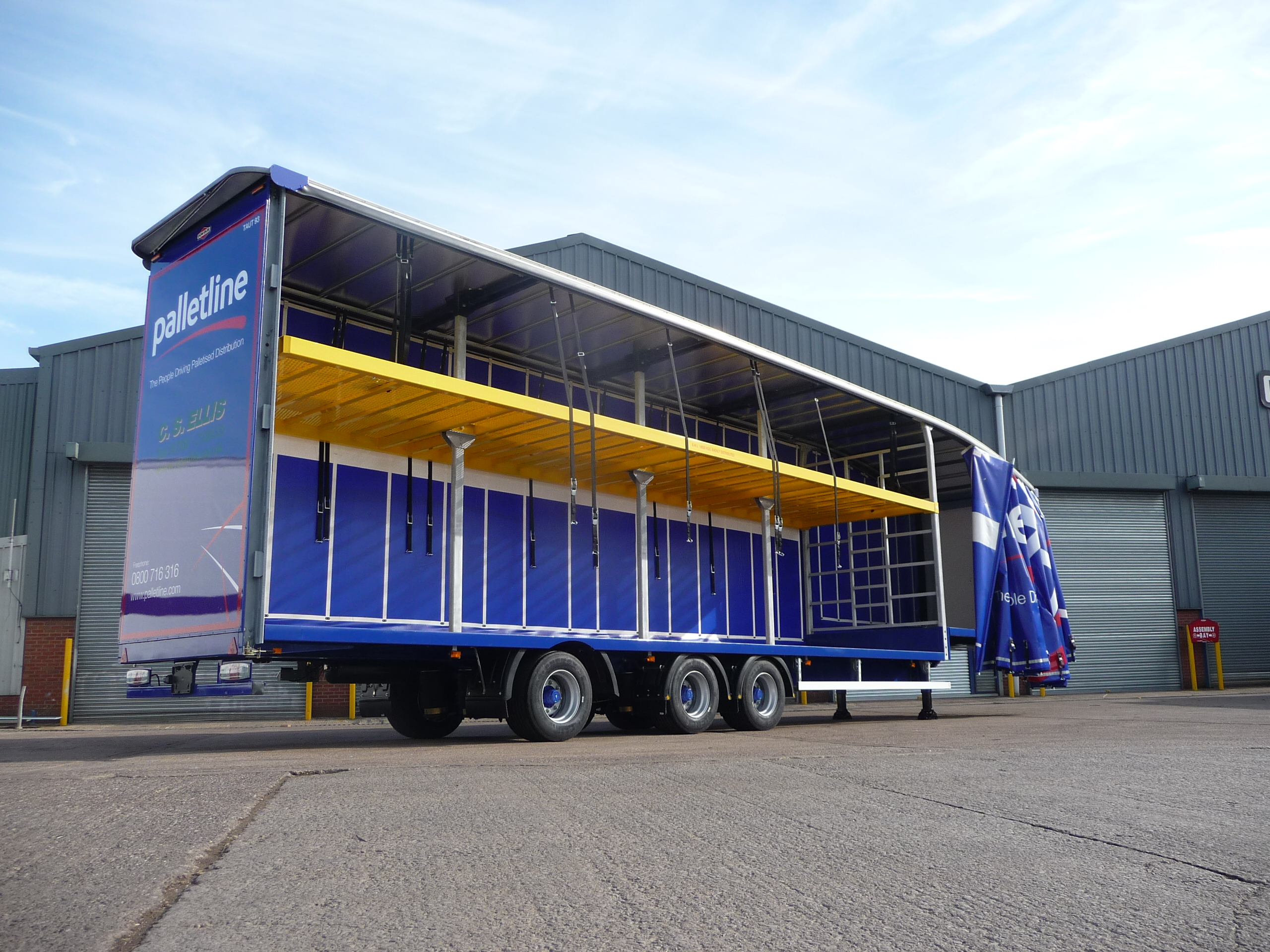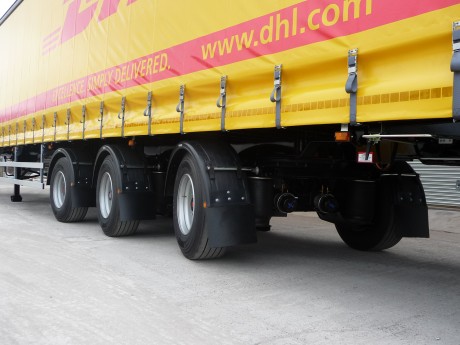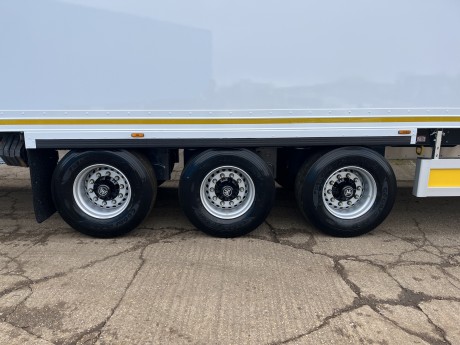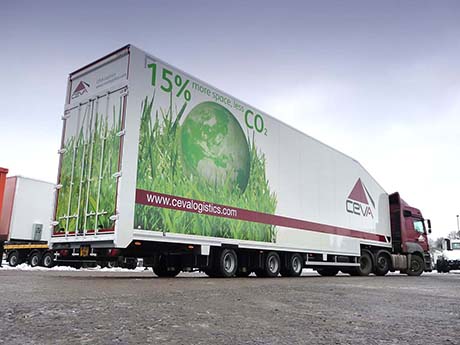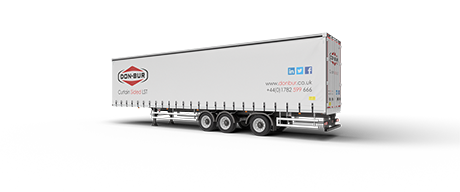Since the DfT has finally allowed Longer Semi Trailers on UK roads without stringent trial conditions, Don-Bur has seen a surge of enquiries from operators wanting to ‘stretch’ their assets for improved efficiency. But what is the right specification? Can you simply add another 2.05m on the end of your existing trailer design? Don-Bur looks at the Pros and Cons for trailers that can provide up to a 60 UK pallet capacity.
In simple terms, the new legislation that came into force on 31st May 2023 allows any operator to run trailers up to 15.65m long with a few safety caveats under a revised STGO regime. In real terms, that means that up to 4 extra UK pallets (or up to 8 extra on a double deck) can be carried in addition to the standard 26 currently achievable on a standard 13.7m long trailer. This represents a 15% load footprint increase. Indeed, from trial data, the DfT have recorded an average 8% reduction in the number of journeys required to transport the same goods volume.
So, is it as simple as ordering a bigger trailer? Not quite. We examine some of the factors you should consider when acquiring an LST.
Manoeuvrability
The first consideration is manoeuvrability. When LSTs were first trialled, it was stipulated that the existing standard turning circle regulations must be complied with. In order the achieve this, the industry developed the double-bogie solution which comprised a primary tandem axle bogie, set a little further forward that a standard trailer wheelbase, coupled with a secondary single axle bogie set further back to support the weight. This single, rear axle, has to be steered to reduce the ‘scrub’ effect it would otherwise have. The result is a trailer that has exactly the same transit corridor characteristics as a 13.7m trailer. The only real minor difference is actually an increase in the ‘swing-out’ at the rear; acting in the opposite direction as the direction of steer, for which training should be provided for greater awareness. In reality, this has little effect out on the road but the 18.55m overall length combinations will be trickier to use in depots and you will just need more space to accommodate them.
Weight
A standard 13.7m long tri-axle curtainsider is likely have an unladen weight of approximately 7 tonnes. If you couple that to a 6x2 tractor unit, you’re likely to achieve a payload of up to around 28.5 tonnes.
A curtainsided 15.650m long LST will weigh approximately 1,500kgs more than a standard length trailer. As the DfT hasn’t conceded any provision for extra Gross Vehicle Weight for LSTs over and above the 44 tonnes (on 6 axles), this means your potential payload weight would actually reduce to about 27 tonnes. Similarly, a double deck curtainsider can carry up to 8 extra UK pallets but the unladen trailer weight is likely to increase by circa 2,000kgs which will have an equal negative impact on payload weight.
If you’re an operator looking to increase the payload footprint by 15%, you need to be very careful you’re not exceeding your maximum plated GVW. It’s hardly surprising then that the DfT have stipulated that all LSTs must have an on-board weighing device.
Numerous trailer lightweighting options are available to shave off a few hundred kilos and the financial implications need to be considered.
Steer Axles
Steered axles generally fall into two categories: ‘self-steer’ and ‘positive-steer’.
Self-steer refers to a fixed axle with wheels that can be compared to shopping trolley castor wheels. As the angle of direction changes during transit, the wheel simply steers freely to prevent any resistance. As there are relatively fewer parts, this technology is the cheapest, is available from most of the major axle manufacturers and is the most widely adopted. There is an advisory warning here however. When reversing (as the wheel steering is biased to a forward direction), they would normally twist un-naturally and there would be a real risk that tyre scrub might rip the tyre off the rim. To counter this, the manufacturers have generally included a locking system so that, when the trailer is reversing, the angle of steer can be locked in a straight direction. The side effect of this solution is that manoeuvrability reduces and you will still experience some increased tyre scrub.
Positive steer axles refer to axles affixed to turntables that are automatically forced to steer in a direction; controlled by the relative angle of the tractor unit and trailer. This means that, as the tractor turns left (for instance), a positive steer axle will turn right and vice-versa. This technology reduces the transit corridor width and improves manoeuvrability both in a forward and reverse direction. Positive steering solutions tend to be heavier and more expensive due to the complexity and increased number of parts.
There is no doubt that LSTs will generate significant operational cost savings but all operators should carefully consider whether or not they are suitable for their payloads, depots and routes.
We’d love to hear from you – get in touch today!

